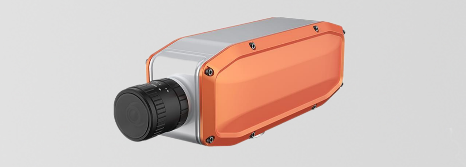- Color Education
-
-
Color Measurement Standard
-
Current position:Home > Color Measurement Standard
-
Do You Know the Meaning of Color Value?
-
The value of the color is represented by the international used color space such as LAB, LCH, RGB, XYZ, YXY,etc. LAB is the most commonly used.
CIE1976 L*a*b* color space is mainly used for paint, building material ,coating and other other surface color industries. It is also called CIELAB. L * is the brightness coordinate, which characterizes the brightness of the color. a * b * is the color coordinates, which characterizes the color tone and saturation. Please refer to figure.

L represents brightness. 0-100 represents from black to white.
a represents red to green. Positive values indicate red and negative values for green.
b represents yellow to green. Positive values indicate yellow and negative values for blue.
For example, if the products’ color value is L:22.75,A:22.58,B:13.83.
Its represents white is 22.75. Red is 22.58, and yellow 13.83.


During the measurement, the first measurement is for target, the second measurement is for getting delta E value which is also called color difference value. The difference is the value of the measured product minus the sample
value, the brightness difference △ L, red and green difference △ A and yellow and blue difference △ B.
The formula is:
△ L = L sample-L standard (brightness difference)
△ a = a sample-a standard (red / green difference)
△ b = b sample-b standard (yellow / blue difference)
△ L + too much white, △ L- too much black
△ a + too much red, △ a- too much green
△ b + too much yellow, △ b- too much blue
△ L *, △ a *, △ B * is the difference of brightness L * and chromaticity value a * and b * between the target and sample.
△ E represents color difference value, the calculation method and the brightness difference △ L, red and green difference △ A, yellow and blue difference △B have a relationship.
The formula is:
△E=[(△L)+(△a)+(△b)]1/2
Customers are mainly based on the △ E, brightness difference △ L, red and green difference △ A and yellow and blue difference △ B for color matching and adjusting.
△ L is positive, indicates that the measured product is brighter than the sample, negative indicates the measured product is darker than the sample;
△ A is a positive value, indicates the measured product is much more red than the sample, negative value indicates that the measured product is much more green than the sample;
△ B is a positive value, indicates the measured product is much more yellow than the sample, negative value indicates that the measured product is much more blue than the sample;
LCH color space, L is brightness, c is Chroma, H is Hue. Brightness, chroma and hue are the three basic properties of color.
RGB color space, R is red, G is green, B is blue. This color space is most commonly used in the printing industry.
XYZ color space, XYZ value analysis the color according to the object surface reflection characteristics and degree.







